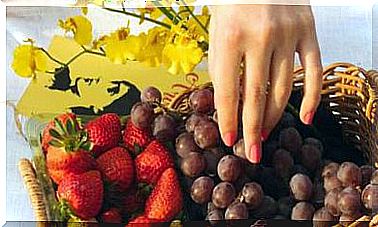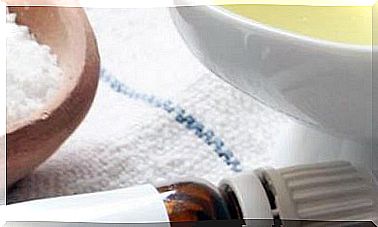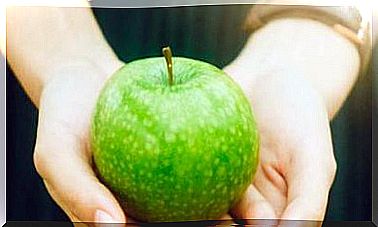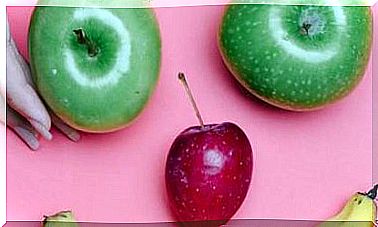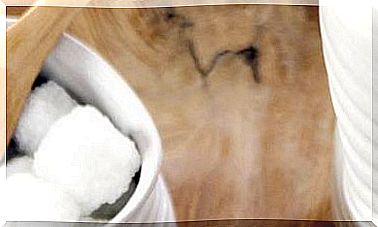7 Healthy Alternatives To Conventional Tampons And Pads
By using conventional tampons and pads we not only dump tons of plastic into the environment, but we expose ourselves to the toxins they contain. Do you know its natural alternatives?

In recent times, there is talk of feminine hygiene products in economic terms: a possible tax cut from 10 to 4%, the “pink rate”, “menstrual poverty” … But there has been little social debate about menstrual waste, toxicity or sustainable alternatives, or about naturalness and reconciliation with menstruation and female cycles.
Taking into account that half of the planet menstruates, month by month, for about 40 years throughout their fertile life, the environmental impact of these products and their effects on the body are not a minor problem.
Pads and tampons are an environmental problem
The data reflecting the environmental impact of feminine hygiene is staggering:
- Each woman uses about 15,000 tampons or pads (according to the OCU) throughout her life, and each year 20 billion of these products end up in the landfill. To these are added the panty liners for daily use and the pads for urine loss.
- Today, like single-use straws or cups, disposable pads and tampons –which monopolize the market– are questioned because of the waste they generate, but also because of their toxicity to the planet and to women’s vaginal health.
- Most pads are made of 90% plastic and, according to Intimina data, it is estimated that they take up to 300 years to disappear. As for tampons, they do it in six months, but if they have plastic applicators it can take hundreds of years to disappear.
- In feminine hygiene products we can find, among other synthetic components, chlorine in cotton bleaching, dioxins, polyethylene and polypropylene (plastic), polyester, rayon, polyacrylate, flavorings, pesticides and other synthetic components.
- Some of the ingredients mentioned can be toxic, are potential carcinogens or endocrine disruptors that interfere with hormonal balance. They can accumulate in the uterus, weakening the immune system and are related to diseases such as endometriosis, dysmenorrhea, pelvic pain or infertility, in addition to the famous toxic shock syndrome (TSS) associated with the use of tampons.
7 healthy and sustainable alternatives for feminine hygiene
Although the supermarket only sells these two types of product, the sector has undergone a great revolution in the last decade with the appearance of items such as the menstrual cup or absorbent panties, ecological brands and better prices.
In addition, this topic has inspired numerous entrepreneurs to develop products, improve existing ones and, especially, break the taboo of female cycles by doing pedagogy to be able to live healthier periods, without pain or stigma. Therapist or menstrual coach, menstrual activist or moon mother (“lunar mother” or woman who supports you in your cycles) are some of the new activities.
1. Menstrual cup
The great disposable anti-tampon hope, brings together all the advantages: health (absence of toxins), sustainability (lasts about 10 years), savings (only 3 to 4 are needed in the entire menstrual life) and menstrual empowerment (far from hiding your blood , reconnects you with your period).
In addition, unlike the tampon, it does not absorb the discharge, but stores it, which prevents vaginal dryness; it respects the intimate balance and is completely hygienic, because it is made of medical silicone, without toxins, phthalates or risk of infections or TSS. It is the product that lasts the longest, does not generate plastic waste and is the product that retains the most fluid.
- Buy from Amazon: Mimacul Menstrual Cup
2. Sanitary napkins and panty liners made of ecological fabric
They are reusable and biodegradable, and do not contain absorbent, chemical or perfume products. They are washed in the washing machine with the rest of the laundry, but they can be passed under the tap first or left to soak with water, a little salt, vinegar and a few drops of tea tree oil.
- Buy from Amazon: Reusable Cotton Pads
3. Reusable absorbent panties
They can be used alone or as a complement to the cup or a tampon on the intense days of the cycle. They absorb blood, vaginal discharge or slight urine losses thanks to the layers of their tissue. They are comfortable, antibacterial and breathable, so they neutralize the odor. The cotton is in the part in contact with the skin and the technical fabric. inside, it is polyester. They can be washed in the washing machine.
- Buy on Amazon: Cocoro menstrual panties
4. Sea sponge
It is inserted like a tampon without threads and collects the menstrual flow in a practical and ecological way. It is hypoallergenic, reusable and biodegradable. It is also not associated with the SST.
5. Eco disposable tampons and pads
There are ecological pads and tampons, free of plastics, synthetic fibers or other chemicals. They are not bleached with chlorine and do not alter the pH of the skin and mucous membranes. They are biodegradable, compostable and much healthier than conventional ones. In the pads, the cellulose is FSC certified; tampons are made from GOTS certified organic cotton.
- Buy on Amazon: Nature Babycare Compresses
6. Tampons with reusable applicator
They are not yet sold in Spain, but this English invention is the latest in the menstrual market. Instead of throwing the applicator away, you wash it and put it away to use again. Once the period is over, you sterilize it and keep it in a cover until the next cycle. It is made from a BPA-free medical grade antibacterial material and lasts for about ten years.
7. Conscious bleeding
It is not a product but a skill. Some women know how to control the vaginal sphincter to expel fluids at will. It can be learned!

